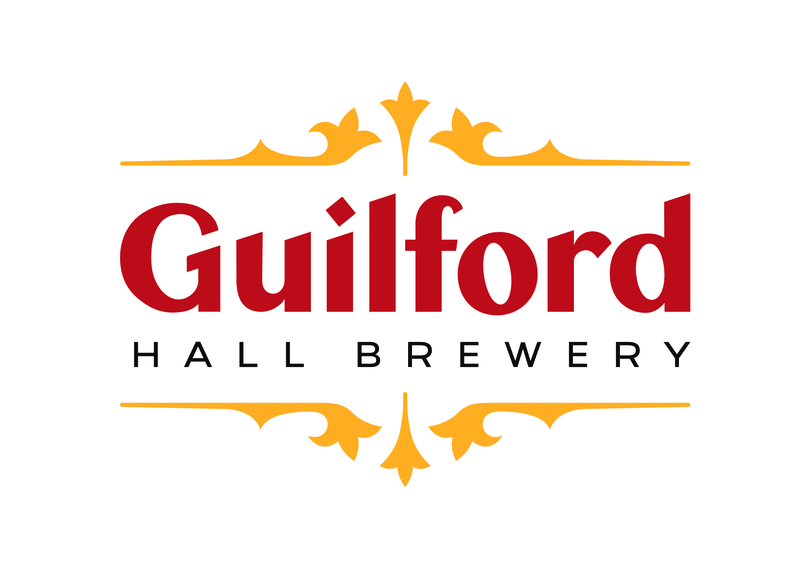General Mills’ Q2 Earnings Targets Outpaced By Cost Inflation

General Mills’ net sales increased to $5 billion during the second fiscal quarter this year, but as with the supply chain snarls that are making things harder for smaller competitors, the cost of making products increased for the CPG giant as well.
Releasing its Q2 earnings report today, the company adjusted its financial guidance for 2022 to reflect the impact of continued supply chain disruptions.
“When a supplier’s labor shortages limit their ability to deliver a key ingredient to one of our factories, we either need to shut down our lines, or reposition that ingredient from another manufacturing location, both of which increase cost,” said Jonathon Nudi, Group President of North American Retail. “Another example, we may be able to procure ingredients, manufacture the product and have it ready to ship. But if our carrier can’t make the scheduled pickup because of a driver shortage, we run the risk of missing our customers’ on-time and in-full delivery window, thus leading to fines and fees.”
Supply Chain Challenges Impact Business
While navigating cost inflation and the global supply chain crisis, General Mills said it focused on ensuring its trusted brands were on-shelf. The company said it was continuing to remake its portfolio through M&A and through divesting lower impact businesses such as its European Yoplait business. Operating challenges meant the company was forced to take on another round of price increases, set to go into effect next quarter.
Operating profits declined 13%, to $800 million in Q2. According to General Mills Chairman and Chief Executive Officer, Jeff Harmening, this is the most “dynamic and challenging” operating environment he has seen during his almost three decade-long career, noting an “unprecedented” elevation of transportation and labor costs.
Accelerating Growth Strategies
Although operations may be strained, General Mills brands continue to drive growth, reporting a 2% increase to $2.98 billion in North American retail sales during the quarter. Net sales for its U.S. Snack business went up 16%, cereal sales increased 3% and yogurt sales remained flat compared to last year’s growth.
According to the company, the pandemic’s influence on consumer habits will continue to steer its growth strategy. Despite a 4% decline in sales in its Meals & Baking segment this quarter, General Mills said it will continue to focus on at-home cooking and baking products and is shifting focus to “intentionally” drive household penetration and increase product relevance in Hispanic communities, citing that Pillsbury products have seen a 4% increase in Hispanic household penetration over the past two years.
The company said it believes the pandemic will contribute to the relevance of at-home food well into the new year, but demand in away-from-home food channels including convenience and food service drove growth this quarter. Organic net sales in the company’s away-from-home channels saw a 23% jump to $541 million. Profit growth in the segment also saw double-digit growth, reaching $94 million which the company attributed to positive price realization and higher volumes, although growth was partially offset by higher operating costs.
An Updated Outlook For FY22
Despite missing the mark on its fiscal targets this quarter, General Mills remains optimistic as it heads into the new year. The company has adjusted its guidance for fiscal 2022, accounting for continued supply chain and labor challenges, the impact of divesting its European yogurt business and to reflect a stronger focus on top line growth.
The most notable adjustment may be its organic net sales which is now expected to increase between 4 to 5%, a significant jump from its original guidance of 1 to 3% growth. Operating profits are expected to continue declining, now set between 1 to 4% with the Yoplait divestment accounting for 1 point of that decrease.
In terms of earnings per share, expectations are fairly uncertain with General Mills stating it predicts between a 2% decrease to a 1% increase throughout the fiscal year. During the call with investors, Harmening remained optimistic and emphasized the company’s ability to hold 62% of its market share with its priority businesses over the past year despite the challenging operating environment, stating “General Mills is winning in the marketplace.”
“This performance has been driven by our continued focus on brand building, innovation, and execution, supported with strong levels of investment,” he continued. “It’s the continuation of an ongoing, multiyear story of improved competitiveness that started before the pandemic and continues through the pandemic.”















